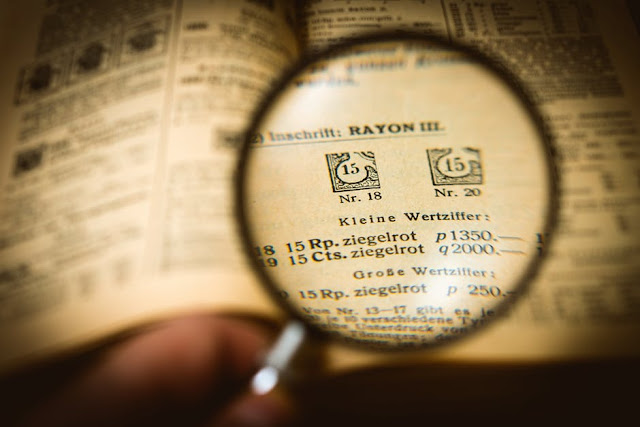Remembering Hermann Ebbinghaus
Read this shopping list, and then cover it with your hand:
Bread
Milk
Oranges
Peanut Butter
Yogurt
Pickles
Turkey
Folders
Tissue
Gum
Milk
Oranges
Peanut Butter
Yogurt
Pickles
Turkey
Folders
Tissue
Gum
Now, how many of the items can you remember without peeking? Give yourself a moment to recall as many of them as you can.
(We’ll wait.)
If you left out an item (or several), chances are good it
wasn’t the bread or the gum, but rather something in the middle. And if that’s
the case, congratulations, you have something in common with 19th
century psychologist and memory pioneer Hermann Ebbinghaus.
At the time, the prevailing thought held that memory was
impossible to study in any scientific fashion; it was simply too nebulous, too
mysterious. Ebbinghaus disagreed. But since every single mind is different, how
in the world would he eliminate confounding variables? His imperfect yet deeply
elegant solution: to study only a single experimental subject—himself.
To collect his data, Ebbinghaus tested his own ability to
memorize “nonsense syllables”, three-letter sequences which were technically pronounceable,
but carefully chosen to convey no special meaning.
What he found resonates today.
For instance, have you ever wondered who first discovered
the learning curve? (It’s not just an expression but a real, observed
scientific concept: averaged over many trials, when you chart proficiency at a
task against experience, the result is a rising curve, which then levels out.) The
term doesn’t come from Ebbinghaus, but the careful graphs charting his progress
were probably the first to clearly illustrate this phenomenon.
Ebbinghaus also brought us the slightly less memorable “forgetting
curve,” which holds that we tend to lose recently-acquired information in a
sort of exponential pattern—at first discarding great swaths of information
which gradually levels out into a modest yet steady amount retained.
And finally, he also observed the serial positioning effect,
aka the reason you likely remembered bread and gum but maybe tripped up over
the yogurt or pickles. Basically, he
found that when trying to recall items on a list, accuracy overall is largely a
function of that item’s place within the list.
When attempting to remember his strings of nonsense words
later, Ebbinghaus found he tended to lead with the beginning of the series and
then secondly go for the end, while the middle of the sequence was most
likely to be neglected by his memory. One theory suggests this is because by
the conclusion of the list, we’ve had time to commit Item One to long-term memory, while
that final item is still the freshest in our short-term memory.
While clearly, there are some issues with only studying a lone
test subject, let alone choosing yourself, Ebbinghaus’s learning curve,
forgetting curve, and serial positioning effect still hold true, whether you’re
trying to recall nonsense syllables, that movie you saw last week, a
conversation you had three days ago, or yes, even a grocery list.
It’s just something to keep in mind—if you can.





Hey, I even have looking your article and that helped me to put in writing my article about apple cider vinegar nutrition facts you want to have a test on my article.
ReplyDelete